Hoya, the porcelainflower or wax plant, is an Asclepiad species of flowering plant in the dogbane family Apocynaceae. It is one of the many species of hoya that are native to Eastern Asia and Australia. It is a common house plant grown for its attractive waxy foliage, and sweetly scented flowers.
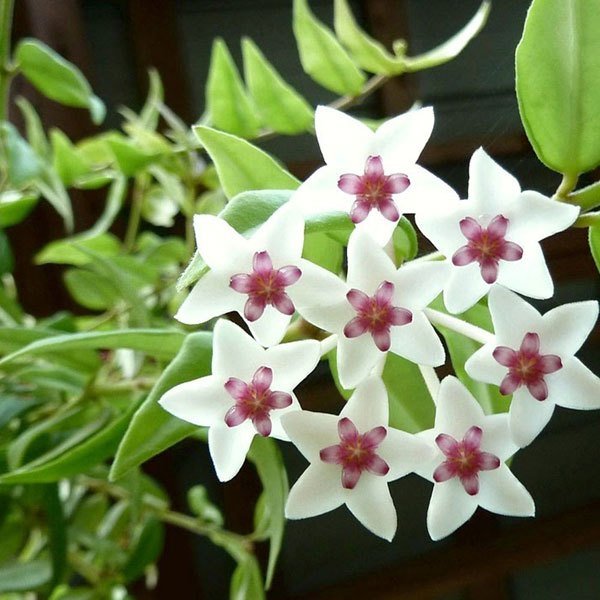
You may prefer to call the plants by one of their other common names, including the wax plant, waxflower, Indian rope plant, porcelain flower, or honey plant.
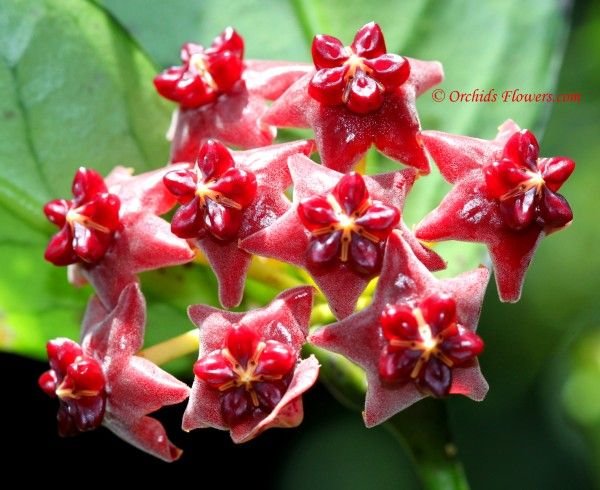
Hoya flowers grow in a ball-shaped cluster, similar to mophead hydrangeas. Each cluster may contain up to 40 individual flowers, packed tightly together.
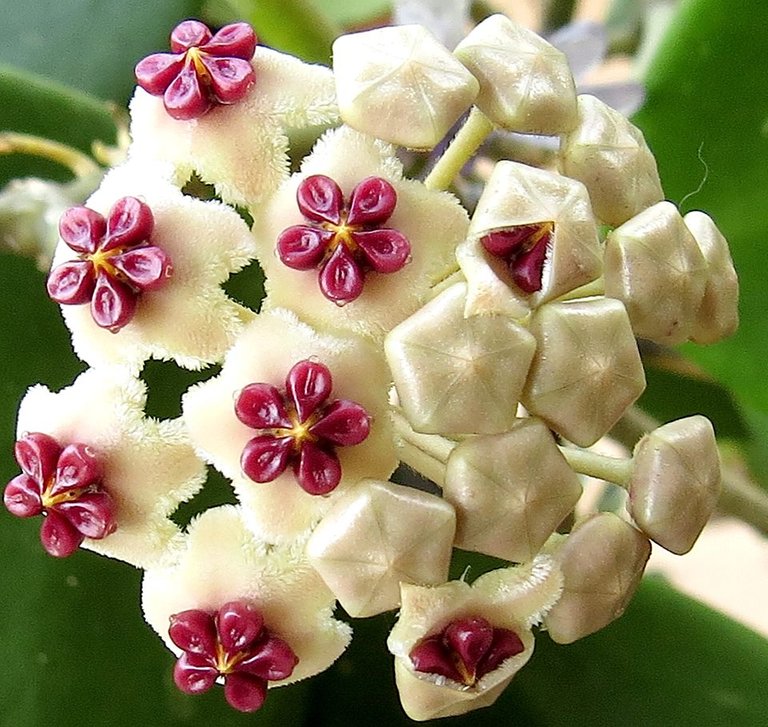
Hoya plants don’t ask for much, beyond the well-draining soil and the warm, humid conditions that many tropical flowers crave. You can grow the hoya if you live in USDA growing zones 10-12, elsewhere you must grow it as a tropical container plant or greenhouse specimen.
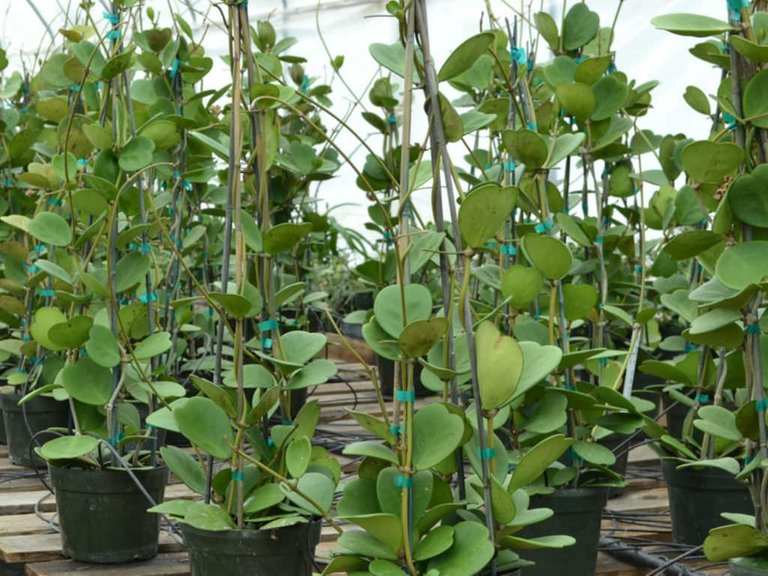
When your hoya plant finishes blooming, leave the flower stalk, as it may produce new flowers. Removing the stalk forces the plant to produce a new stalk, which delays blooming and wastes the plant’s energy.
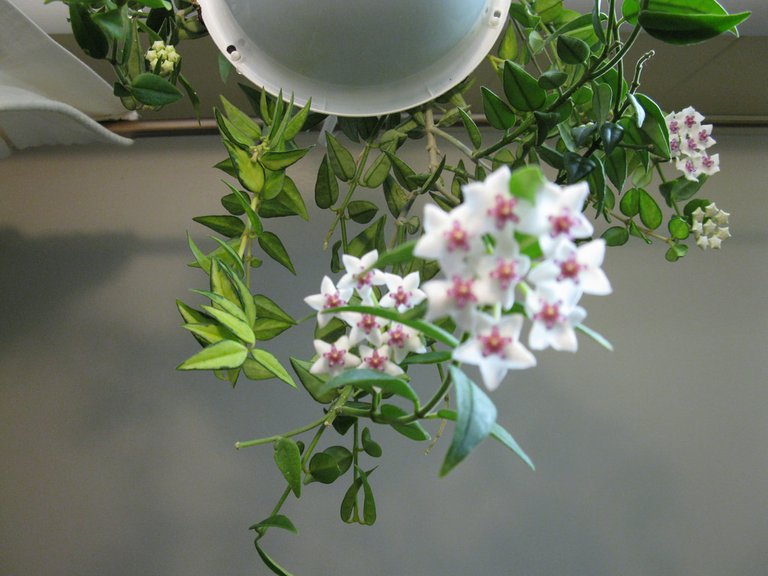
Although we can thank the Scottish botanist Robert Brown for introducing the Asian native, Hoya into cultivation, the plant genus is named in honor of the 18th-century botanist Thomas Hoy.
#Source:Google